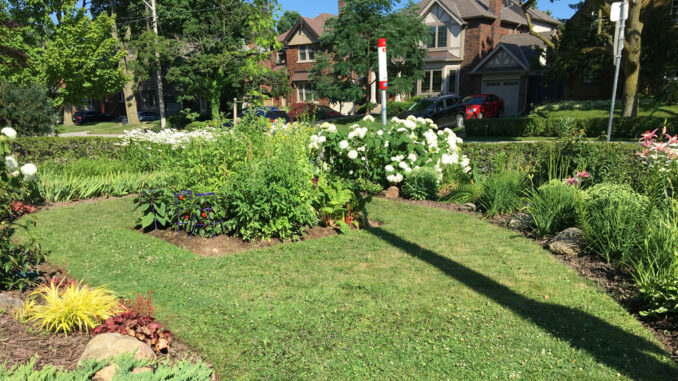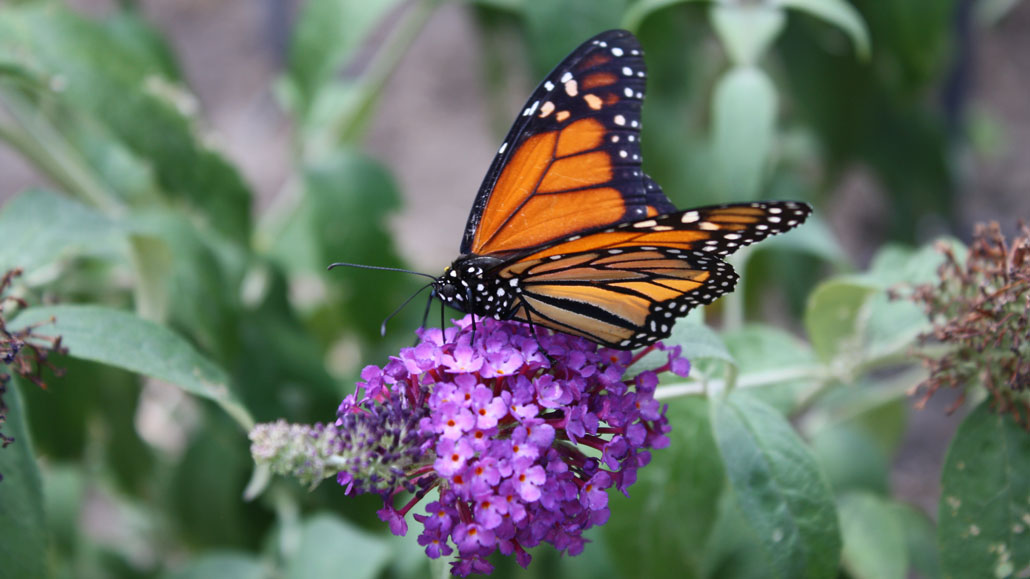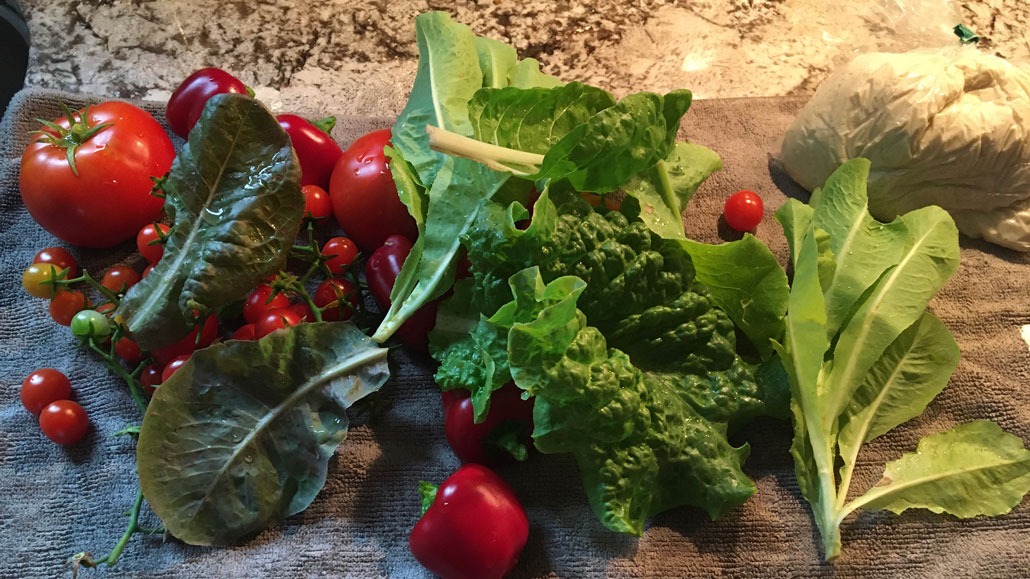
Since 2020 and the rise of “that” word – no need to spell it out – the entire world is rearranging, readjusting and reconsidering priorities.
Leaside is no exception. I am reminded of it every time I glance over my neighbour’s privet hedge and see how he has revolutionized his front lawn. Pre-Covid (there’s that word!) our properties were overwhelmingly green, manicured, weed-free and, well, grassy. For mostly environmental reasons, that never sat well with Des Wilson, so he decided to make a change. Shovel in hand and with a plan on paper, he created a vegetable garden smack dab in the middle of his South Leaside front yard. In no time he had bumper crops of ripe tomatoes and oversized red peppers that were juicy and fresh right off the vine, augmenting the family meal.
It was around this time of the year back in 2021 when Des got stuck inside. He reckoned March was an ideal time to start planning a summer garden since “the harshest winter days are behind us.”

Des’s journey from tulips to tomatoes was a long and fateful one. He was always an avid gardener, originally interested in “traditional artistic design.” As he became more environmentally switched on, his new insights were reflected in his outdoor spaces. With sustainability and conservation in mind, Des decided to feed the birds to provide them with a safe environment to access food, water and habitat. Enter bird feeders. Next, he schooled himself on the plight of the migratory Monarch butterfly and realized their numbers had decreased in Toronto by 85% between 1996 and 2014. So, in went milkweed and echinacea. But it was the City’s cutting down of his two beloved, mature front lawn catalpa trees in 2019 – a decision out of his hands – that eventually allowed his ultimate plan to come to fruition. That and the C-word.
With the nine-metre-high trees gone, along with their far-flung branches covered in large heart-shaped leaves, the front south-facing lawn went from shady to sun-drenched. Perfect for growing vegetables. But it was the Covid stay-at-home orders and the shutting down of restaurants and long lines at Loblaws that gave Des the final push. He did his research; he asked folks who had farmed. In the end he dug by hand a two- by three-metre plot, filling it with 18 bags of nutrient-rich manure. And although it has been up and running now for three summers, the 2021 season was the best. As Des explains, it wasn’t too hot or cold and with just the right amount of rain.
Expanding the menu

A highlight of last summer was his decision to put all excess produce in a basket at the curb with a sign encouraging passersby to help themselves. He recalls seeing an elderly woman stop, read the notice, take a tomato and cucumber, look toward the garden and make a subtle sign of “supplication” with her hands. Des reflects that “the memory stays with me; it makes the garden meaningful in the best way imaginable.”
The impetus that got Des digging was largely environmental. Leasiders 80 and 90 years before him planted vegetable gardens out of necessity or patriotism. Remember the “relief gardens” and “victory gardens” planted in our neighbourhood during the Depression and World War II? A Toronto Star article from May 1943 informs us that 250 Leasiders were expected to plant gardens both at home and in special town-appropriated allotments, with the mayor, Howard Talbot, approving the cost of “plowing and harrowing.” A local family called the Westons recalled years later that “for one year the tomatoes and corn were beautiful; then the bugs devoured them and that was the end of that!” (Source: Jane Pitfield, Leaside).
Des is keen to offer tips to those who stop and talk while he is watering or weeding. He reminds would-be gardeners to plant their veggies in a spot that will get at least six hours of summer sun per day as well as to plan ahead and start modestly. His two- by three-metre plot might seem small but he recalls that the digging of it was “more taxing than a strenuous gym workout by far.” Des likes to challenge friends to start their own organic patch; he observes that more Leasiders are starting vegetable gardens, which can be seen on any stroll through the neighbourhood. His foray into urban farming has increased his confidence. When asked what’s next, Des says he is not sure but it’s bound to be something bountiful.


